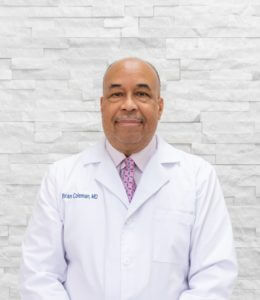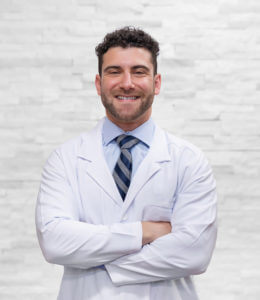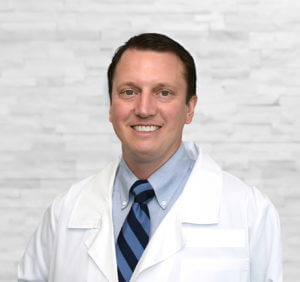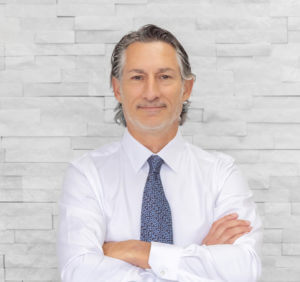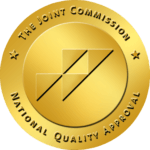Hand & Upper Extremity
We use our hands and upper extremities more than we realize on a daily basis. Whether you are writing a list to go grocery shopping, reaching for your cup of coffee in the mornings, or playing catch with your children, your hands, elbows, and shoulders account for a large amount of your movement day-to-day. When your hands, shoulders, and elbows start causing you consistent discomfort, whether due to arthritis or an injury, it can start to impact your quality of life.
University Orthopedic Care is proud to offer unmatched expertise and advanced treatments for a wide range of hand and upper extremity conditions. With a team of accomplished orthopedic specialists, we are committed to delivering comprehensive care tailored to the individual needs of each patient, ensuring optimal recovery and restoration of function.
Common Hand & Upper Extremity Conditions
We address several conditions involving the hand and upper extremities, and our specialists understand the intricacies of these conditions. Through a deep commitment to our patients’ care and with the use of our advanced techniques, our goal is to help alleviate our patient’s pain and enhance their quality of life.
Our specialists see a long list of conditions in their patients. However, common conditions that affect the hands and upper extremities include:
- Arthritis
- Rheumatoid arthritis
- Carpal tunnel syndrome
- Cubital tunnel syndrome
- Fractures
- Broken bones
- Dupuytren's contracture
- De Quervain's tendonitis
- Flexor tendon injuries
- Ganglion cysts
- Golfer's elbow
- Tennis elbow
- Trigger finger
Additional hand and upper extremity conditions our patients struggle with include:
Elbow bursitis is a condition that is characterized by pain and swelling around the elbow. This condition affects the small fluid-filled sac, called the bursa, that acts as a cushion between the bones and soft tissues in the elbow. When the bursa becomes inflamed, it can lead to a great deal of pain and discomfort for our patients.
Bursitis typically calls for non-surgical orthopedic treatments, including resting and icing the area and/or using anti-inflammatory medication as directed by your provider. In severe cases, elbow bursitis may require physical therapy or the use of steroid injections to alleviate pain. Our providers will always recommend non-surgical options when possible.
Nerve injuries can be a source of significant discomfort and distress for patients, often resulting in symptoms such as pain, tingling, numbness, and muscle weakness. Nerve injuries can be minor and heal on their own or may be more severe and require the attention of an orthopedic specialist. Treatment options for nerve injuries may include physical therapy, medication management, or, in some cases, surgical intervention.
Hand & Upper Extremity Treatments
At University Orthopedic Care, we understand the impact that hand or upper extremity conditions like arthritis can have on a patient’s daily life. Our team of experts is committed to providing comprehensive, personalized treatment plans tailored to each patient's unique needs. Our team also understands the hassles that come with invasive surgical procedures. When possible, our providers prefer to avoid surgery. We prioritize non-surgical treatment options that are designed to alleviate pain, enhance mobility, and improve quality of life, ensuring our patients can return to their regular activities with minimal disruption.
When surgery is required for our patients to recover from their condition, our skilled and specially-trained surgeons offer a minimally invasive option – arthroscopic surgery. Arthroscopic surgery, including arthroscopic surgery of the wrist, involves using a small camera to guide the surgeon throughout the procedure. This allows our physicians to use smaller incision sites and allows our patients to have a smoother, quicker recovery period. Arthroscopic wrist surgery may be necessary for those who suffer from ganglion cysts, a wrist fracture, or carpal tunnel syndrome.
Arthritis Treatments Near Me in Florida
The expert doctors at University Orthopedic Care look forward to meeting you so you can start living your life without limits once again. If you have any questions about the hand and upper extremity treatments that we can offer to you and your loved ones, please contact us today. To get started on your journey to greater mobility and reduced pain, we encourage you to request an appointment online.


